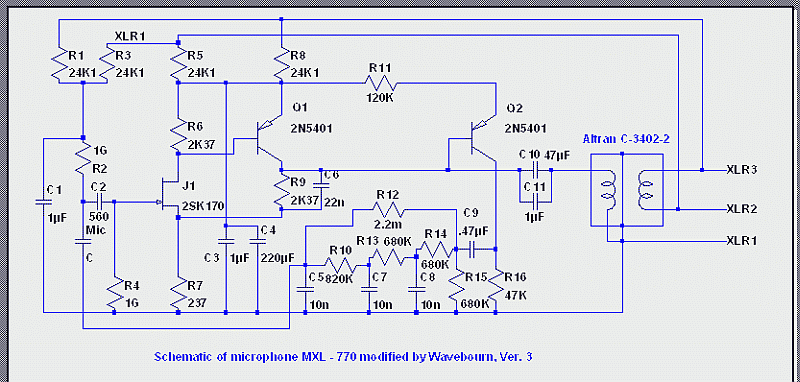[quote author="Wavebourn"] some of them designed in U.S.A. using approach of "borrowing" sound horrible not because of "made in China", but because of "Designed by ignorant borrowers".[/quote]
Indeed, "borrowing design" is a stupid idea. Any microphone is a complex of different parts which should compliment each other. The idea of "let's take nose from A, eyes from B, chin from C, ears from D, etc. and make a "perfect person" does not work here.
I have to admit that although I am not a fond of Schoeps mics, I still used them twice. I have to say, no any other mic could give me what I wanted in those situations. Like it or not, I still cannot deny Schoeps is a very clever and well designed mic, where the capsule and circuit compliment each other and work together perfectly.
[quote author="clintrubber"]
Hi Marik, willing to share which mic-models these appear in ?[/quote]
For SD my favorites are from Studio Projects C4.
For LD I like 797 34mm, esp. after modifications, although even stock ones are very fine.
[quote author="Wavebourn"]
Needs EQ as well, a bit more complex: when patterns are switched frequency response is different...[/quote]
Yes, every pattern has its own characteristic frequency response as a function of diferent polar pattern, proximity efect, etc.
I am not sure why would you EQ them in the mic itself, when in any case, any recording will be EQed during mastering stage. It seems you'd just introduce additional distortions, while it would not take care of the problem, anyway.
 [/quote]
[/quote]
























![Soldering Iron Kit, 120W LED Digital Advanced Solder Iron Soldering Gun kit, 110V Welding Tools, Smart Temperature Control [356℉-932℉], Extra 5pcs Tips, Auto Sleep, Temp Calibration, Orange](https://m.media-amazon.com/images/I/51sFKu9SdeL._SL500_.jpg)









